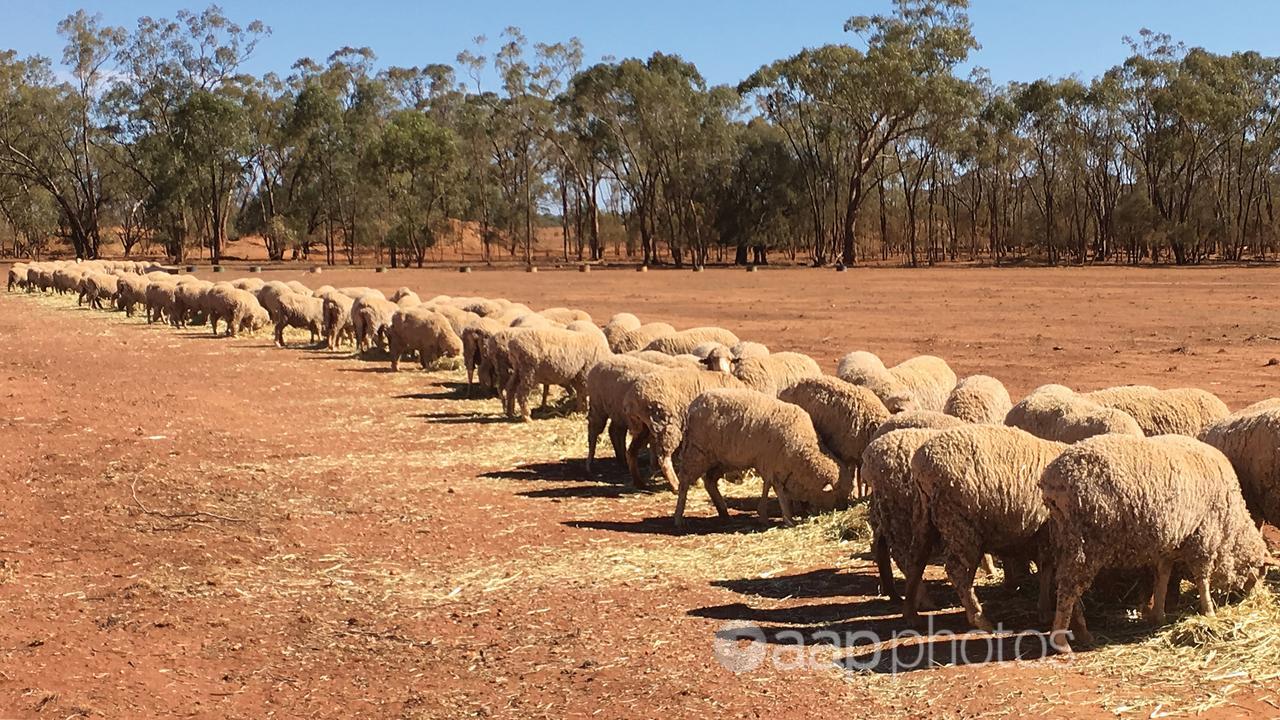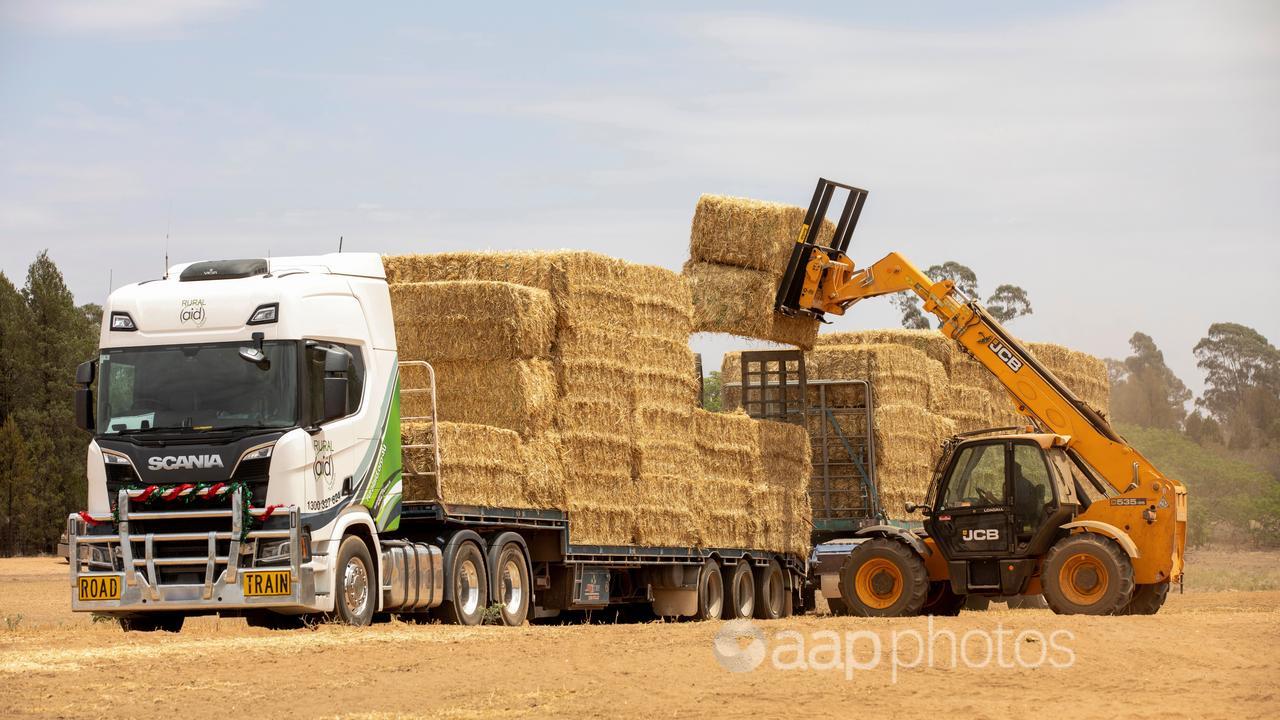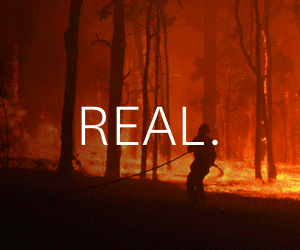After a lifetime of working on the land, Leon Hams is hand-feeding his entire flock of sheep for the first time.
The landscape around his property near Jamestown, a mixed farming region in South Australia’s mid-north, looks bare and the crops are desperately thin.
Farmers are describing this season as the state’s worst in decades, on par with droughts in 1967 or 1982.
Mr Hams, who has put all his sheep into small paddocks to feed them and prevent soil erosion, reckons it’s even worse than in 1982, when there was at least enough hay to store in the shed.

But he is keeping his head up and trying to support his neighbours and friends.
“There’s always next year. We’re still living, we’re breathing and as long as we’ve got food on the table, it’s a good sign,” Mr Hams told AAP.
The drought in parts of South Australia has set in over the last six months, with dry conditions also creeping into parts of Victoria, southern NSW and Western Australia.
October rainfall was below or very below average in every state and territory, according to the Bureau of Meteorology’s drought statement.
Farmers are enduring the tough conditions in isolation, and many Australians are unaware of what they’re facing, according to the charity Rural Aid.
Slow-moving disasters like drought are just as devastating as floods and fires, but take time to get wide notice, chief executive John Warlters said.
“Drought is a bit like a cancer, it’s slow and insidious,” he told AAP.
“It slowly works its way through … and it goes from being not necessarily very noticeable to suddenly becoming very severe and very significant.”
The not-for-profit has delivered 1200 bales of fodder in SA in the last six months, along with half a million litres of emergency drinking water.
State Premier Peter Malinauskas announced a $18 million relief package last week for farming infrastructure grants, support for charities that deliver feed, and counselling at community events.
It follows the Victorian government’s $13 million funding for its south-west farmers, aimed at easing the financial and emotional stresses that come with drought.
Peta Willmott, a grain grower on SA’s Eyre Peninsula, said the government funding was welcome during what has been a “patchy” season across her region.
Many growers have been buoyed by modern water conservation practices, like strict weed spraying that preserved moisture from last December’s summer rain.
But Ms Willmott said it’s been a bad year on her property, although other areas have had it worse.
“We’re all going backwards,” Ms Willmott said.
Rural Aid is asking Australians to consider making a Christmas donation to its Buy A Bale scheme.
The money provides more than hay – a rural counsellor accompanies the deliveries of feed to boost social connection and encourage conversations.

“People become increasingly isolated as they spend more time on their place, trying to manage the situation they have in front of them,” Mr Warlters said.
“Isolation isn’t necessarily good for people’s mental health and wellbeing.”
Mr Hams is expecting a hay delivery to his farm on Monday, with Rural Aid making two more drops at Wilmington on December 9 and Willowie on December 16.
While most farmers are coping, there are fears of what will happen in the months ahead.
“We can only hope,” Mr Hams said.
“We can’t buy rain – if we could it would be a lovely world.”
The South Australian Department of Primary Industries has a range of support available at www.pir.sa.gov.au
Lifeline 13 11 14
beyondblue 1300 22 4636




















